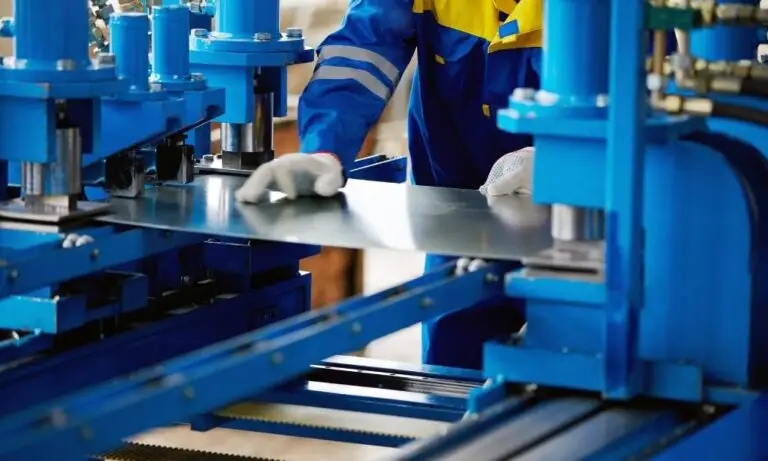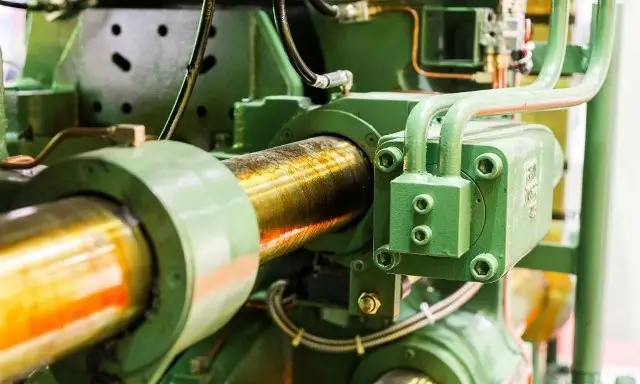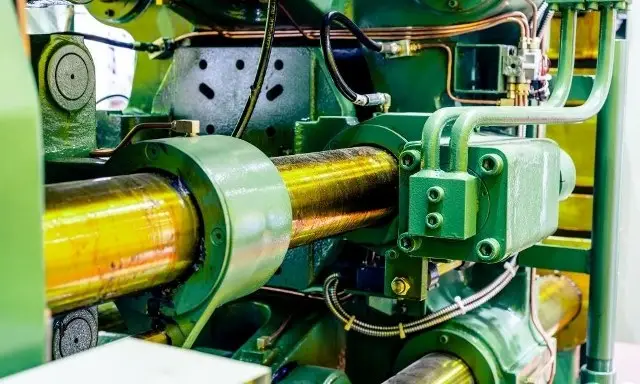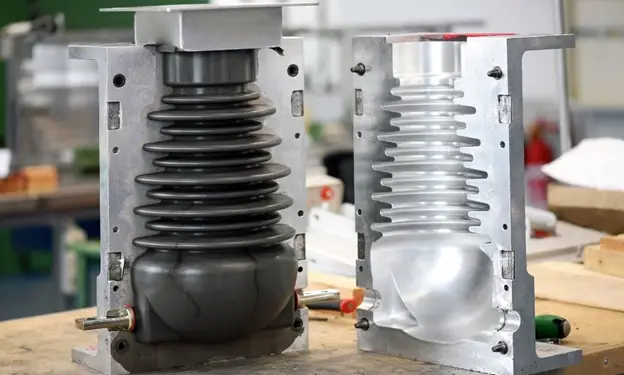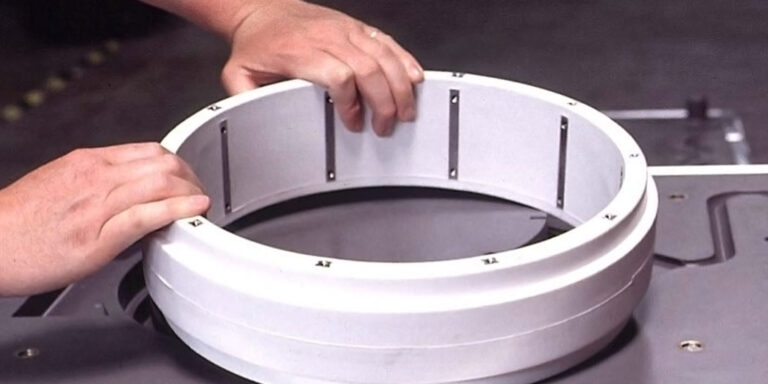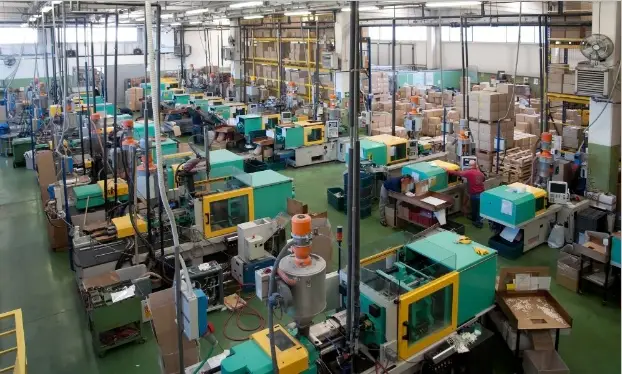A GUIDE TO LOW-PRESSURE OVERMOLDING
Low-pressure overmolding is a highly advantageous process that offers significant benefits and can be applied across various industries, particularly due to its diverse RIM applications like encapsulation. If this process is new to you and you’re interested in gaining more knowledge, consider referring to this comprehensive overmolding guide. In the following sections, we will explore its definition, main advantages, potential items for molding, and additional information.
WHAT IS LOW-PRESSURE OVERMOLDING?
Low-pressure overmolding refers to the process of molding a component directly into a polyurethane part under relatively low temperatures and pressures. Depending on the final product’s intended look and use, the embedded component can be either fully or partially surrounded by the molded part. By molding a component directly into a part, you eliminate the need to use primers or adhesives for bonding. The component chemically adheres to the polyurethane part, creating an exceptionally strong bond.
The reaction injection molding process makes low-pressure overmolding. The blend of polyol and isocyanate used to make reaction injection molded parts has a low viscosity that resembles motor oil. The motor oil-like substance can be easily injected into a tool without the need for high temperatures or pressures to force the material into every crevice.
BENEFITS OF LOW-PRESSURE OVERMOLDING
Low-pressure overmolding provides numerous advantages from both functional and aesthetic perspectives. These include:
- Enhanced protection for fragile items: The low-pressure nature of this process allows sensitive components like antennas or circuit boards to be overmolded without the risk of being damaged. Once encapsulated, these fragile items gain increased protection from the durable polyurethane layer surrounding them. This ensures the component’s safe operation even in harsh environments, such as wind, water, and vibration.
- Reduced parting lines: The process of molding an item directly into a part, as opposed to using primers and adhesives to fuse two parts together, eliminates unattractive seams and parting lines. Low-pressure overmolding facilitates the creation of a sleek and seamless part.
- Wireless capabilities: The process of low-pressure molding can produce parts with robust wireless capabilities. The lower density of overmolded materials can enhance the radio signal of wireless components, offering an advantage over other encapsulation methods like potting.
- Prevention of theft and tampering: Low-pressure injection molding can serve as a deterrent to both intellectual property and physical theft. By seamlessly molding an item into a part, extracting or tampering with the component proves far more difficult. The only way to access the over-molded item is to destroy it, providing sensitive electronics or otherwise IP valuable items with valuable protection against theft and malicious hackers.
WHAT ITEMS CAN BE LOW-PRESSURE OVERMOLDED?
The reduced amount of pressure applied during the low-pressure overmolding process provides the ability to mold fragile components of items like electronics or medical devices into a part. Examples of the many different situations used for low-pressure overmolding include:
- Antennas: The low pressure and temperature involved in low-pressure overmolding ensure that sensitive antennas do not suffer damage or decreased functionality. Instead, they can benefit from an enhanced radio signal due to the low density and increased protection of the overmolding material.
- Circuit boards: Fragile electronic devices, such as circuit boards, can be molded directly into a part using the process of low-pressure injection molding. Similar to antennas, circuit boards gain superior protection against external elements and their sensitive components will remain undamaged due to the low-viscosity material that fills the mold.
- Magnets: The low density of low-pressure overmolding materials, such as polyurethane, enables the molding of magnets into a part without significantly diminishing their magnetic capability.
- Batteries: Low-pressure molding also allows for the integration of batteries into a part without reducing their capacity. The surrounding material will serve as a protective casing against shock, vibration, moisture, and corrosive agents which can help prolong the battery’s lifespan.
- Threaded inserts: For parts that require attachments or assembly, low-pressure overmolding can directly mold threaded inserts into the part, facilitating easier and stronger attachment.
- Metal rods, bolts, and clips: For enhanced structure and stability, low-pressure injection molding can directly mold components such as metal rods, bolts, and clips directly into a part.
CONSIDERATIONS WHEN USING LOW-PRESSURE OVERMOLDING FOR YOUR PROJECT
To determine whether the process would benefit your project, here are some key considerations.
THE LEVEL OF PROTECTION REQUIRED
The sensitivity of the components involved in your project is a crucial factor in deciding whether to implement the low-pressure overmolding process. Consider whether the equipment is sensitive to dirt, oil, chemicals, or grease.
Once you’ve assessed the sensitivity of your equipment, think about the potential operating environment of your final product. Will it be used underwater or in otherwise wet or moist conditions? Will it be exposed to harsh conditions such as dirt, wind, or other impacts?
If your equipment is sensitive or likely to be used in a harsh or moist environment, the seamless, protective coating created during the low-pressure molding process will likely prove highly beneficial.
WHETHER YOU WANT TO INCORPORATE ADDITIONAL FUNCTIONS TO YOUR PART
Another consideration to keep in mind when determining whether you want to implement low-pressure overmolding into your part production process is if you want to incorporate additional functions into your part. If you realize that your part will require additional functions, implementing low-pressure overmolding can eliminate the need for a lengthy and potentially expensive secondary assembly process. It could also reduce your total manufacturing cost by eliminating manufacturing steps and reducing the total number of vendors in the supply chain.
STREAMLINE YOUR MANUFACTURING PROCESS
The simplicity of your manufacturing process is another factor to consider when determining whether you want to utilize this technique. Low-pressure overmolding can eliminate the need for additional steps in the secondary assembly process. If you’re looking to streamline your manufacturing process with a single-piece solution, low-pressure overmolding could be the solution.
Low-pressure overmolding is a revolutionary process that encapsulates electronics with a durable protective layer, safeguarding against environmental factors. Choose us to ensure your products receive the highest-quality protection with our cutting-edge technology, expert team, and unparalleled commitment to excellence.
Rimnetics is a leading and trusted provider of reaction injection molding services in North America. For over three decades, we have provided exceptional low-pressure overmolding and encapsulating services. To learn more about how we can help make your project a success, contact us today. We are committed to exceeding your expectations and stand ready to answer any of your questions.


